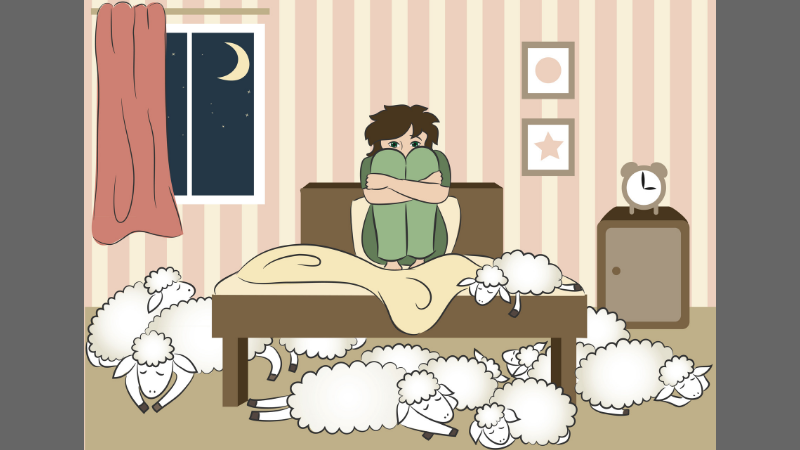Everyday Joy Is Possible: Tips on Creating It
Joy. When I think of joy, I think of green fields, flowers, and kids laughing. I feel warm and comforted and safe. I sense a smile on my lips and a song in my heart.
I love joy.
I recently heard on a podcast that the United States is unusual in its culture, in that we don’t make time for joy. Whereas in other countries, people plan their lives around the experiences that bring them happiness, in the US we put work and obligation first. It seems understandable when laid out starkly like this, but the reality is that we need joy in our lives.
This is doubly (triply? quadruply?) true for those of us living with mental illness. One of the symptoms of depression and anxiety is the loss of joy in our lives; for most of us, it feels like it is no longer an option. In our minds, we must accept that our current state is the state we will always be in and it’s time to reconcile ourselves to that “fact.”
Yes, I put fact in quotation marks. It’s not a fact. It’s a perception and a story we tell ourselves. I’m here to say: joy is possible. Your current state is not your permanent state.
Learning to find joy is not always an easy task. Activities we once enjoyed may not feel appealing to us now. That’s all right. There’s another way.
1. Start simply. We’re not looking for the grand gesture or the big road trip. I may love camping, but the idea of all the prep work involved before I even begin the actual camping experience may feel overwhelming and off-putting. Instead, try just taking a walk in a local park. Even a small, 10-minute walk is restorative, and it’s significantly more approachable than a camping trip.
2. Plan your joy. I know that I tend to expect joy to appear in my life spontaneously, and the reality is that when I’m depressed, it could hit me over the head and I’d totally miss it. One of the keys I learned was to find a way to plan some joy in my daily life. Some days, that looked like knitting. Other days, it was looking at the flowers in my backyard. Other days, it was a short card game with my daughter, Harper.
3. As you progress, consider inviting others to join you in the experience. You may find, as I did, that planning simple, joyful activities develops an urge to do more. Adding in loved ones amplifies the experience and helps us further progress out of our lowered state. There are other benefits, too, and I’ve listed those in another post.
When we get intentional about experiencing joy, two things happen: First, we set an unspoken expectation for ourselves that we will enjoy the experience. That expectation often kickstarts the moment and sensations of joy bubble up to our consciousness. Secondly, it opens us up to noticing joy in other areas of our lives. Little moments that we previously missed come to our attention, compounding our joyful moments. Over time we develop a joy muscle, and finding joy becomes increasingly easier.
Joy is possible.
What are some of your favorite activities? How do you plan them into your daily life?
Looking for daily inspiration and community? Join our warm and supportive Facebook group!









